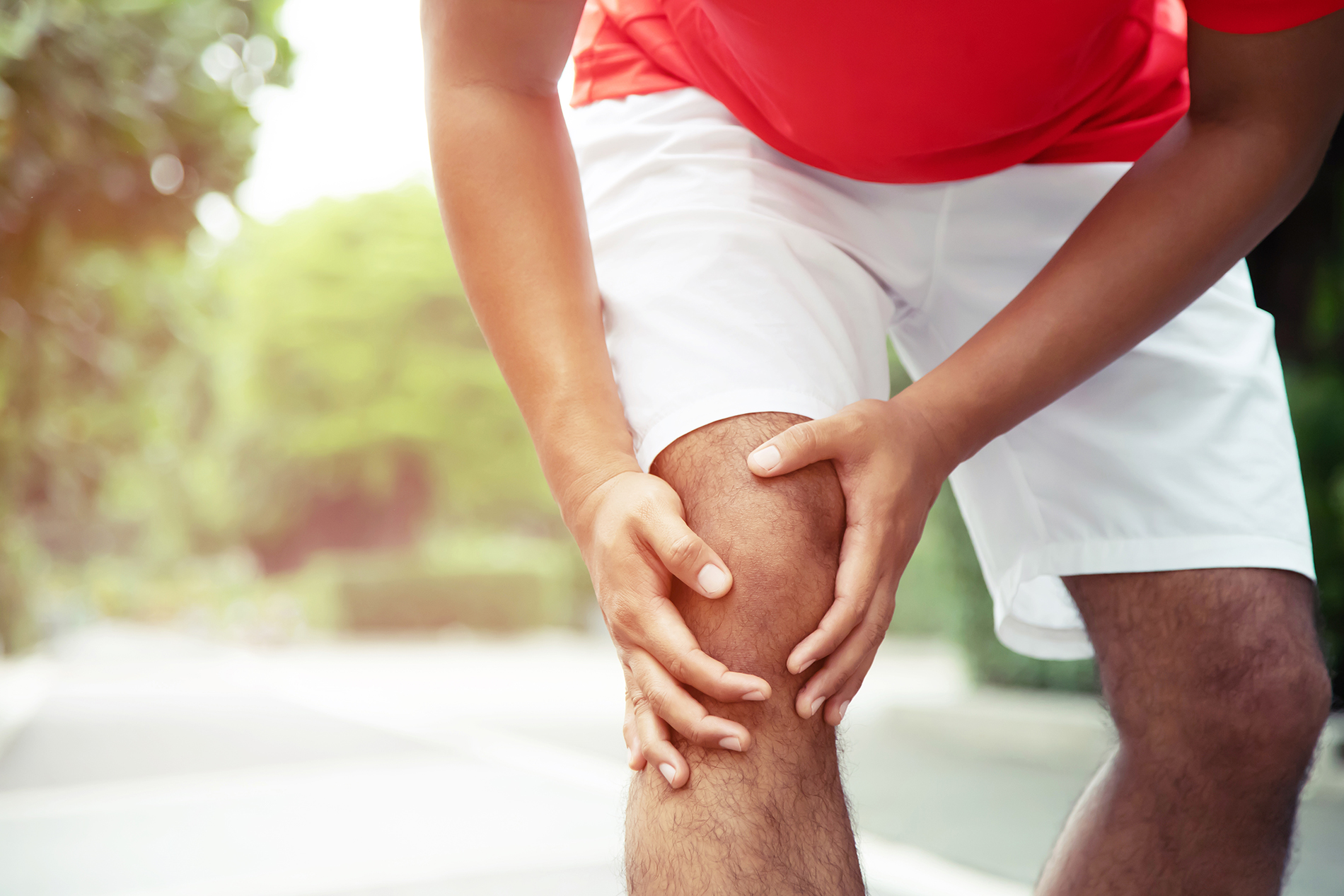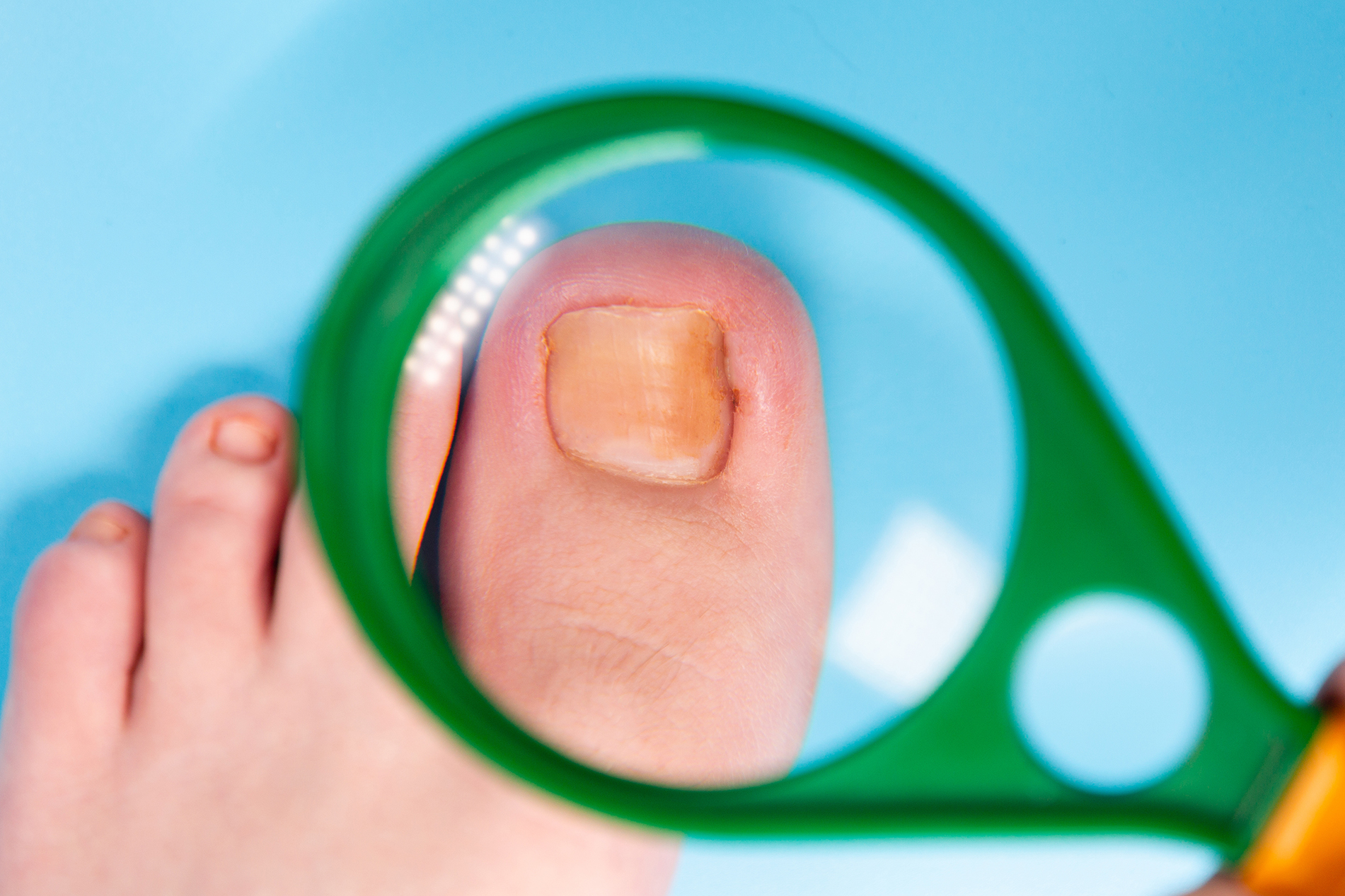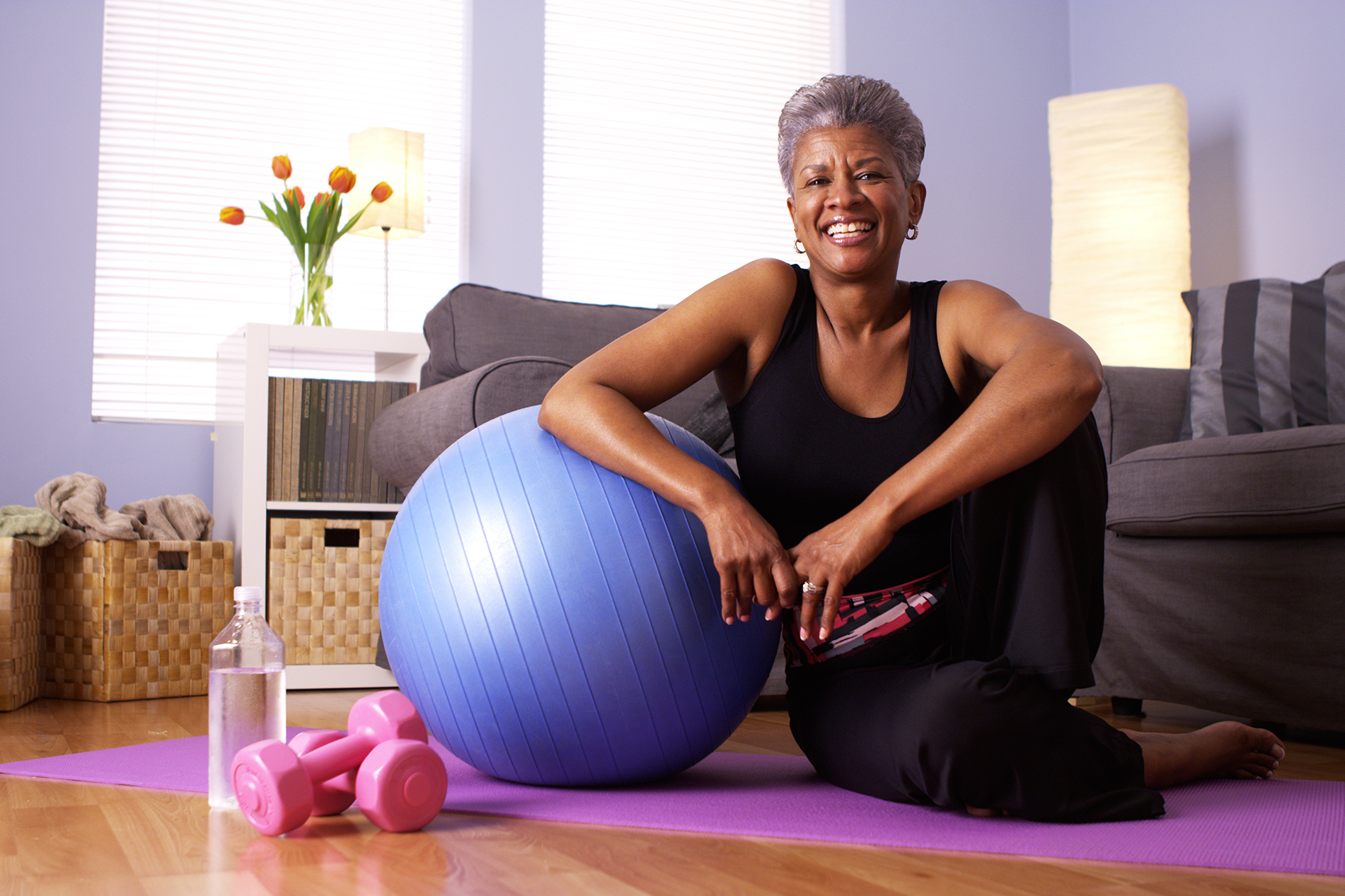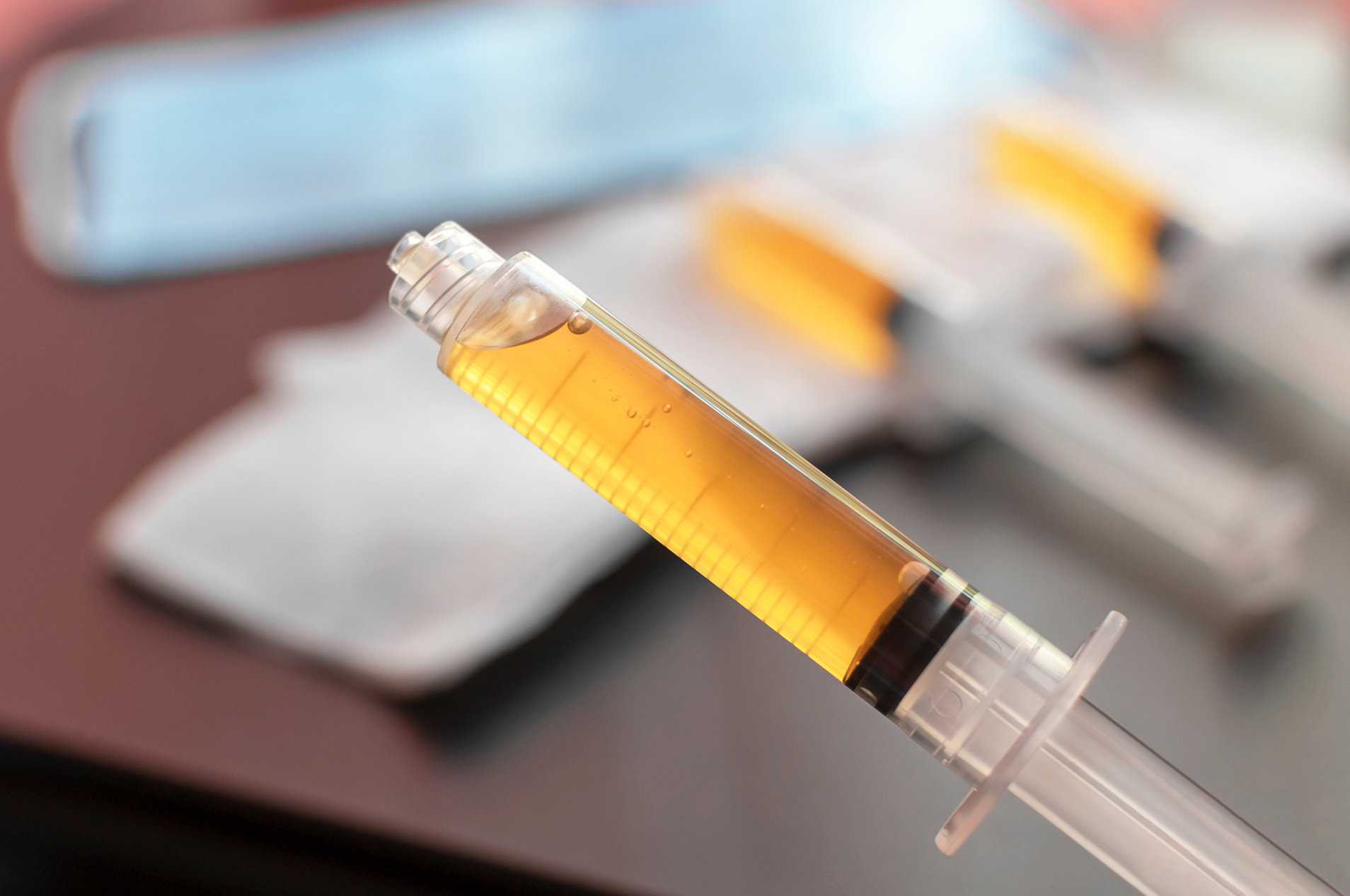Q. How to do you tell the difference between muscle soreness and a sprain or strain?
Q. If you experience a sprain or strain, should you treat the pain with ice or heat?
For most sprains or strains, the best initial management is usually rest, ice, compression, and elevation - often abbreviated by the acronym “RICE”.
Q. How should you treat any swelling associated with a strain or sprain?
We go back to "RICE" to treat swelling. Rest, ice, compression with an ACE wrap, and elevation of the affected extremity helps to reduce swelling. A short course of oral anti-inflammatories like ibuprofen or naproxen can also be helpful.
Q. When should you seek medical attention for a sprain or strain?
If the pain does not improve within 10-14 days or there are symptoms of instability, locking, or significant weakness with joint movement, one should seek medical attention.
Q. Is there anything you recommend to avoid sports injuries?
Here's what you can to prevent injury:
- Maintain an overall healthy diet and weight
- Stretch prior to physical activity
- Wear appropriate protective equipment and footwear when playing sport
- Allow your body to recover after strenuous physical activity











Leave a comment